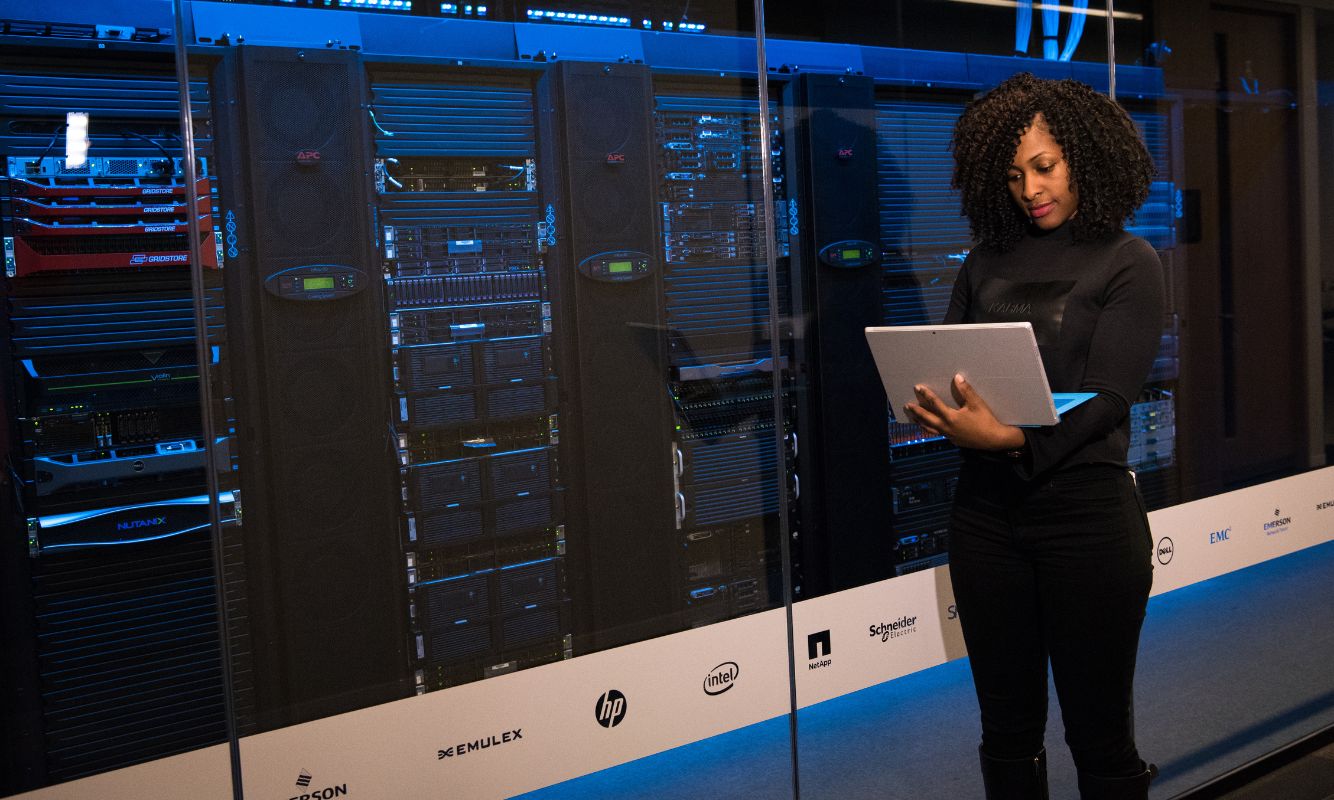Using AI-enabled technologies, schools can tailor learning to individual student needs and expedite administrative tasks
Key Takeaways:
- AI tools enable educators to focus on critical tasks
- New technology expedites administrative jobs, increasing efficiency
- Schools can utilize hybrid IT technology for their AI tools
- Hybrid IT solutions can overcome the limitations of legacy systems
Artificial intelligence (AI) transforms how schools teach and conduct administrative tasks. It enables teachers to tailor solutions to each student’s needs while freeing educators to focus on essential work.
It can also help teachers streamline lesson planning and content creation, helping to make workflows more efficient.
An IT infrastructure that fully supports new technologies is required for schools to leverage the power of artificial intelligence in education. In some cases, schools’ legacy systems can hinder modernization.
However, drawing on the expertise of a data transformation partner experienced in working with K12 and higher education clients, learning institutions can implement hybrid IT solutions that combine the dependability of existing systems with the innovations provided by state-of-the-art cloud solutions.
The Uses of Artificial Intelligence in Education
Every pupil has their learning style and pace. AI allows teachers to tailor content to each student’s requirements so they can progress at their own speed and engage with lessons aligned with their interests. The data insights provided by machine learning (ML) can help students on their academic journey, enabling them to get past impediments and build on their strengths.
Before, students with conditions such as ADHD and autism were lumped into the same broad learning-challenge categories. However, drawing on big data, schools can teach students according to their particular conditions, using detailed assessments to create the right conditions for their cognitive skills development.
With natural-language processing capabilities, virtual assistants and chatbots are now advanced enough to predict and answer student questions. Intelligent tutoring systems can provide responsive feedback to student performances, improving understanding and closing learning gaps.
When it comes to grading and progress assessments, AI can help overcome biases and subjectivity by providing objective analyses. This can help teachers provide fairer feedback, as well as save them time. Of course, the AI analysis needs to be vetted by human educators to ensure that it is correct and aligns with the student’s needs and educational goals.
AI helps teachers with lesson planning and content creation, and principals and administrators can also leverage it to reduce their workloads. It can help them organize their work schedules, arrange professional development sessions, draft emails, and more. AI can also analyze vast amounts of data to support decision-making, such as scheduling after-school activities according to student family preferences.
Leveraging Hybrid IT in School Transformation
Hybrid IT infrastructures can give schools access to multi-cloud environments, allowing them to place different applications and services where they are handled most efficiently and cost-effectively.
The decisions about which public and private cloud environments to use and how to make them work together can be developed with a managed IT partner with deep expertise in creating hybrid infrastructures that enhance resiliency, reduce costs, minimize waste, and maximize productivity.
One of the significant challenges facing schools is integrating data siloed in different sources. A huge amount of data is collected from diverse sources, such as enrollment, attendance, tests, and more. However, working with spreadsheets generated by different legacy systems makes it difficult to get actionable insights.
Using a centralized analytics program like CoreScholar can help schools to:
- Leverage data to ensure the most efficient allocation of resources
- Save time with streamlined data management
- Identify at-risk students to provide early help
- Use individual student profiles to create personalized interventions
- Track student progress across grade levels for long-term success
Building a Resilient IT Model
Successfully implementing artificial intelligence in education depends on a resilient IT infrastructure that addresses today’s complex challenges while adapting and scaling to meet future demands. A flexible, open architecture allows schools to overcome obstacles and adjust to evolving needs.
Resiliency means ensuring reliability, minimizing downtime, and providing seamless, remote access whenever required.
Moving to a hybrid IT model, schools need to shift their mindset from monolithic legacy setups to understanding the security requirements of cloud systems to ensure all data is protected. Cybersecurity and safety measures must be put into place to keep sensitive information safe, with proper backups and emergency protocols put into place.
McKinsey & Company states: “Resilient technology needs to be agile, scalable, flexible, recoverable, and interoperable. In addition, resilience must exist in the architecture and design and through deployment and ongoing monitoring.”
AI tools will continue to evolve, and schools must commit to ongoing learning to keep up with their opportunities and challenges. Some challenges that need to be overcome include the biases inherent in data collection and privacy issues that students and parents must be aware of. Schools must also ensure equal access to new tools for all students, regardless of their socioeconomic backgrounds.
Explore Core BTS’s Services to Evolve Your IT with Scalable Hybrid Solutions
If your school or school board wants to unlock the potential of new technology, turn to Core BTS’s services. Through our CoreScholar analytics platform, we can provide expertise in how AI modernizes classrooms.
For example, our work for the Kimberly Area School District (KASD) in northeastern Wisconsin, serving over 5,100 students across nine schools. An information overload prevented KASD from integrating data from different sources into effective teaching strategies. The data required manual processing, which stood in the way of fast, effective decision-making.
The Core BTS solution integrated standardized test results with the district’s student information system, providing a visually interactive reporting system that yielded the insights educators needed to understand student performance and progress. This enabled targeted interventions. The solution revolutionized how KASD manages and utilizes educational data, helping to better respond to student needs while enhancing strategic decision-making.
One of the best decisions schools can make is to contact Core BTS to discover how we can help you evolve their IT with one of our scalable hybrid solutions. We expect to receive full marks for our support.





Share on